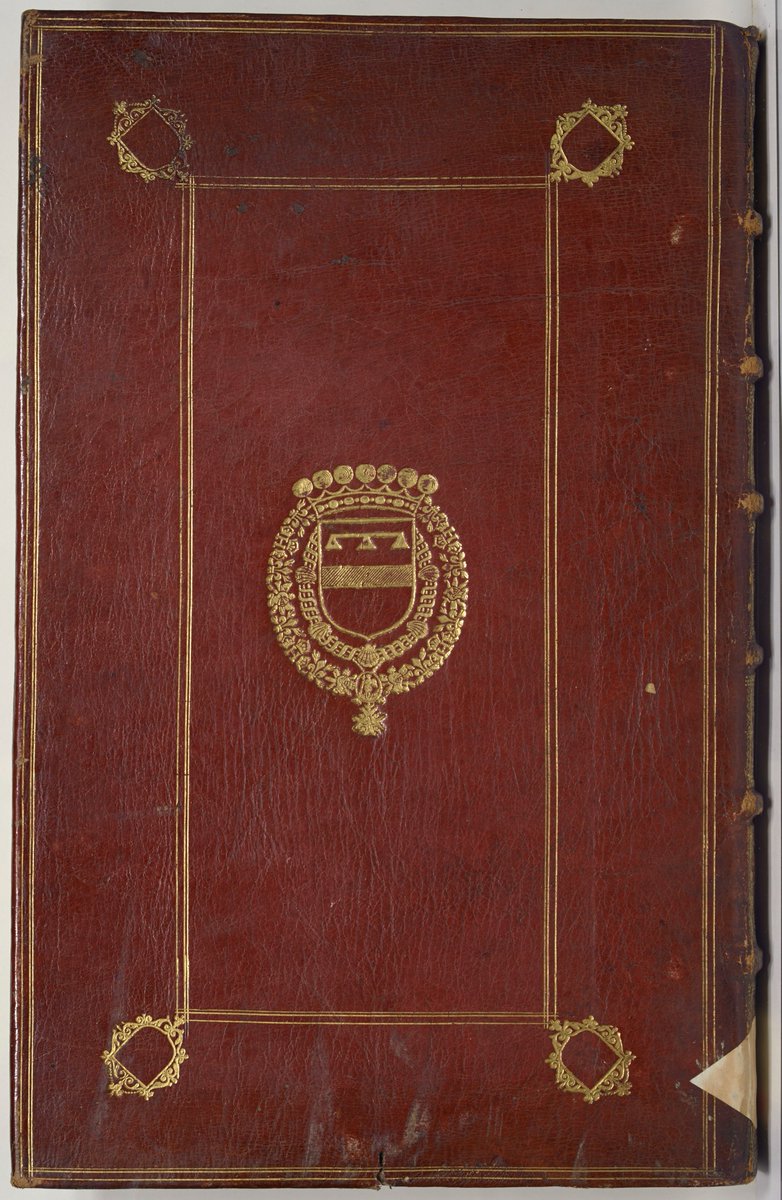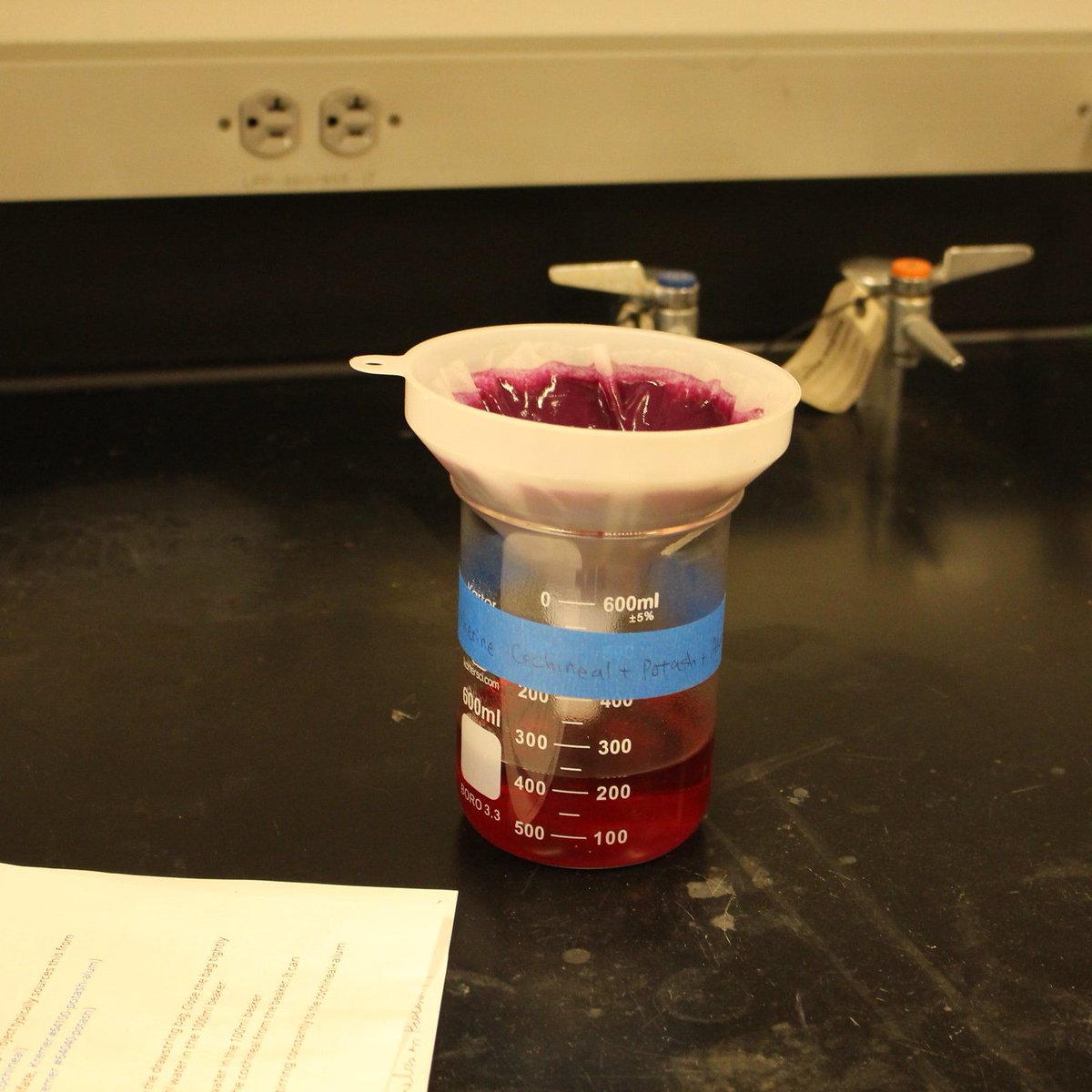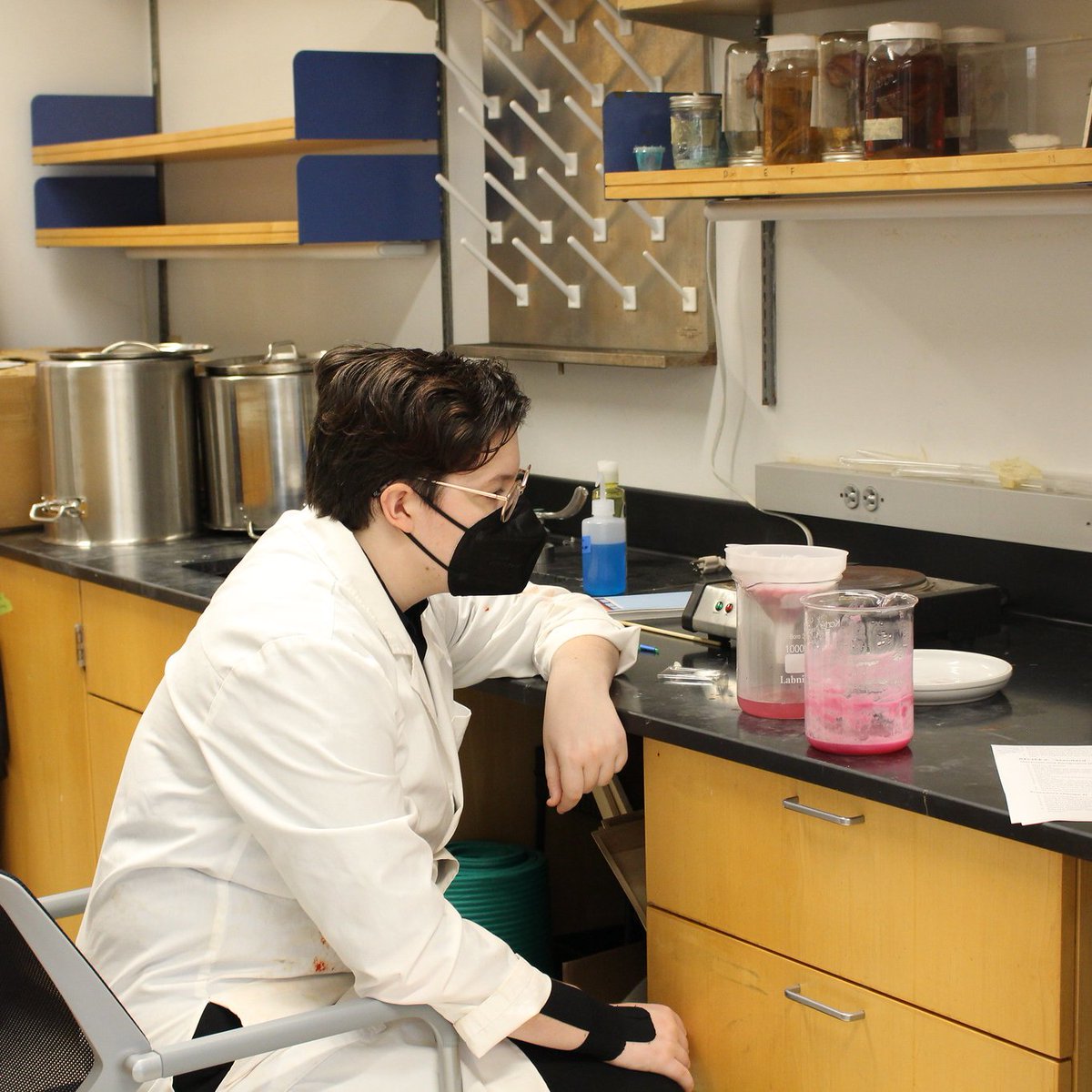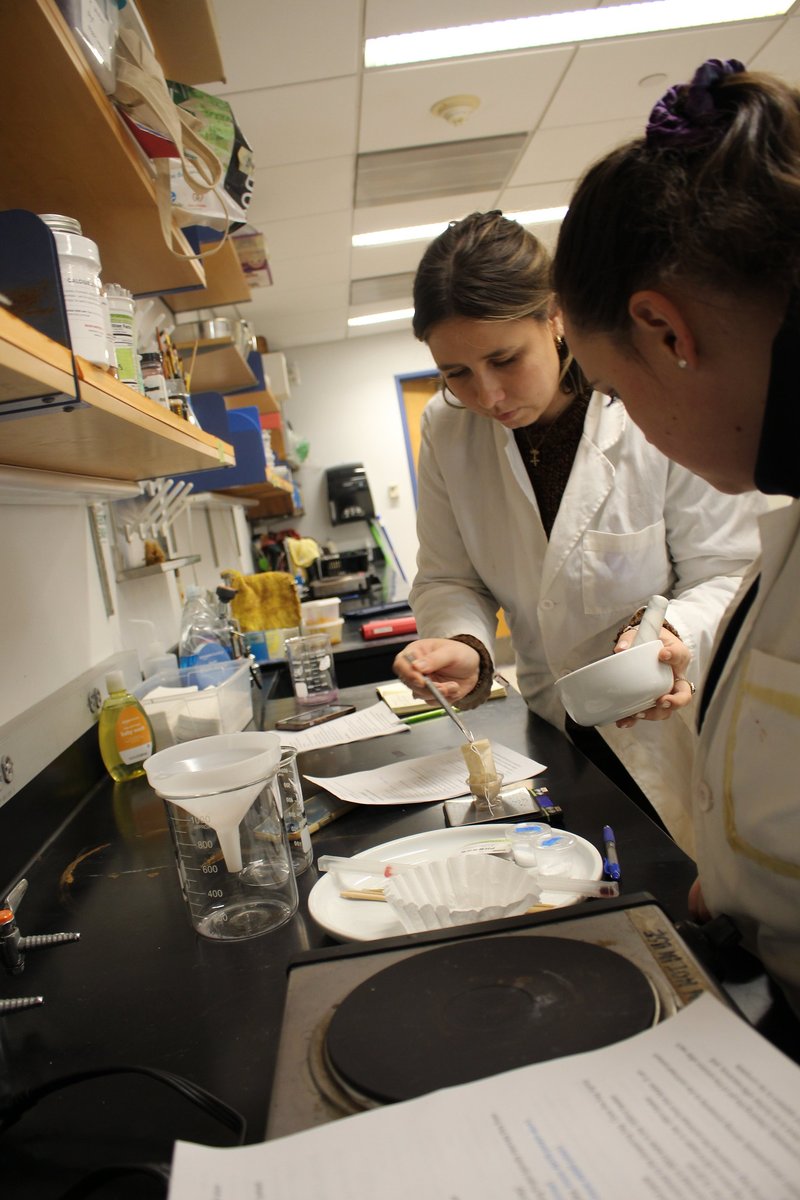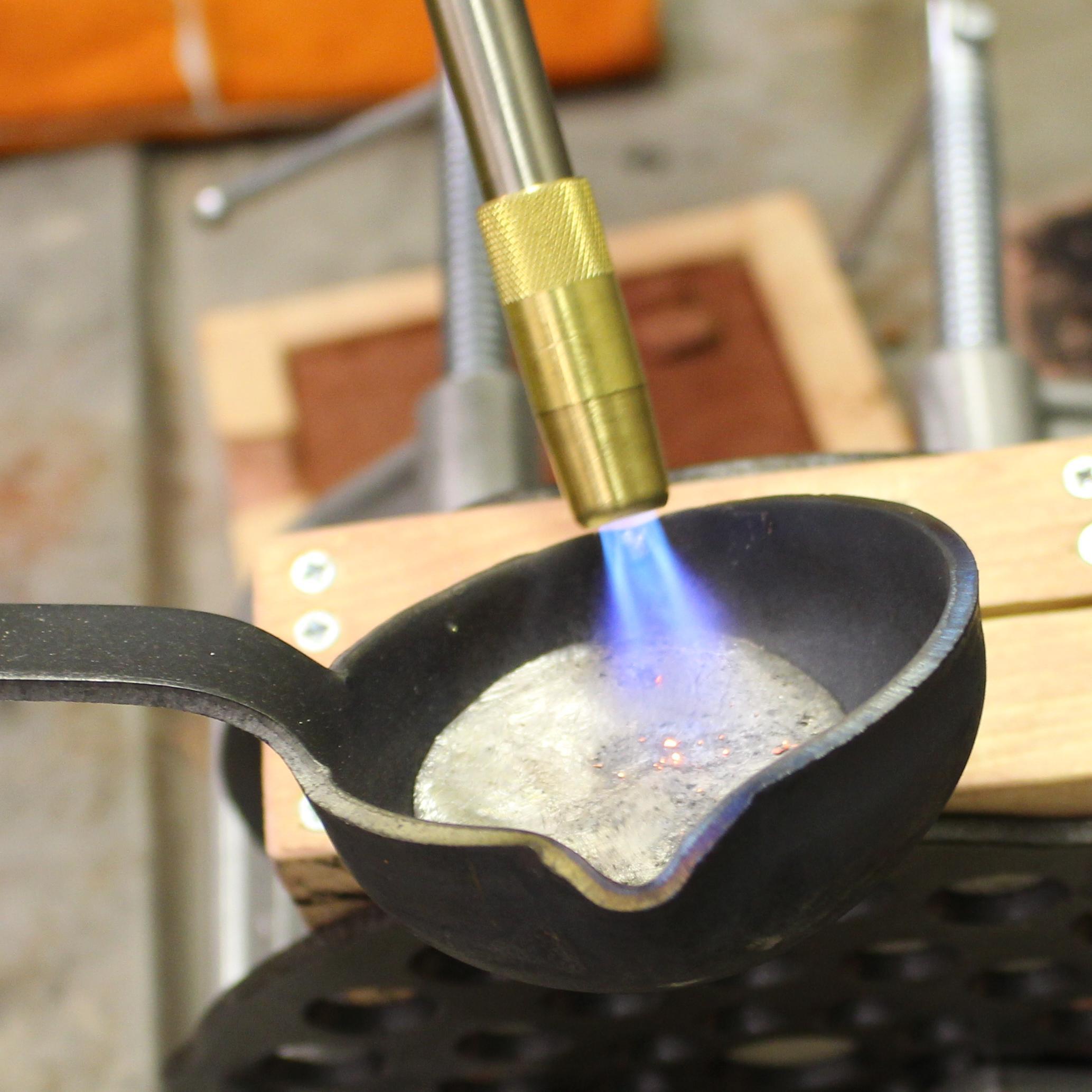
Making And Knowing Project
@MakingKnowing
Followers
2K
Following
1K
Media
651
Statuses
1K
A @columbiacss Research Cluster led by @ps2270 reconstructing 15th-17th c. craft techniques. See #edition640 for yourself: https://t.co/i0RnRRxotl
Columbia University
Joined December 2014
18 months after launching #Edition640, we’re excited to share our redesigned digital critical edition! The streamlined design makes it easy to scroll through the manuscript, search through the introductory essays, and find useful resources. Take a look:
2
18
39
RT @columbiacss: We are thrilled to announce that our Founding Director Pamela Smith has been awarded the History of Science Society's most….
0
1
0
RT @columbiacss: In fall 2024, CSS and @MakingKnowing hosted expert textile dyers Bertha Estrada Huipe and Mateo Rodriguez Estrada from Ahu….
0
4
0
Hands-on experimentation doesn’t need to be expensive or exclusive. The Companion’s resources can be scaled for various levels of learners, budgets, and research spaces. Start exploring today with
0
0
0
The Companion is our guide to clearing these practical and pedagogical hurdles. It’s a behind-the-scenes guide to the workflows, challenges, and successes that come with hands-on learning.
1
0
0
The benefits of this collaborative combination of research and teaching are clear. Yet it can be difficult to incorporate hands-on learning in the classroom. Hands-on learning is—by its very essence—difficult to codify and describe.
1
0
0
Hands-on work fostered a spirit of collaboration and creativity, allowing students and their instructors to work side by side and learn together. Each day in the lab was a chance to try again and build on our past failures and successes.
1
0
0
Instead of textbooks, M&K used low-stakes making activities to highlight other forms of knowledge: making, experimentation, collaboration, and failure. Students learned to interpret historical texts—and history itself—through materials.
1
0
0
But the process of creating the edition was just as important as our results. Pedagogy was integrated with original interdisciplinary and collaborative research, opening scientific inquiry to humanities students and vice versa.
The result was our digital critical edition. It’s not only an online version of the manuscript, it includes multimedia essays, glossaries, and search functions to help readers explore and find new meanings in our work.
1
3
4
Learn how and why this led to our Research and Teaching Companion next week!
0
1
1
The result was our digital critical edition. It’s not only an online version of the manuscript, it includes multimedia essays, glossaries, and search functions to help readers explore and find new meanings in our work.
1
1
3
Hands-on learning allowed us to uncover historical questions embedded in the text that would have otherwise remained inaccessible and helped generate key insights into the relationship between scientific knowing and craft-making in early modern Europe.
1
1
2
Over 7 years, students, scholars, and practitioners from across disciplines worked together in a boundary-breaking endeavor to research and reconstruct some of the manuscript’s 900 recipes for art objects, medical remedies, and household items.
1
1
1
Why create a Research and Teaching Companion? To answer that, we flashback to 2014, when Professor Pamela Smith founded the Making and Knowing Project to study a 16th-century French artisanal manuscript via interdisciplinary teaching, research, and digital analysis.
1
4
6
RT @ManchesterUP: Out now! ⬇️. And OPEN ACCESS on manchesterhive🔓. The newest addition to our #SDMC series is 'Refashioning the Renaissance….
0
1
0
Four years after publishing our digital critical edition, Secrets of Craft and Nature, we are thrilled to share its Research and Teaching Companion! These resources and tools help bring history to life in any classroom.
1
6
9
Looking to bring hands-on history into your classroom? Our Research and Teaching Companion shows how experiential learning can be adapted to any space, learner level, or budget with lesson plans, case studies, and other resources. Discover it for yourself:
0
2
5
Our students have been in the lab making cochineal lake pigments! Found growing on cactuses in Mexico and South America, the cochineal insect revolutionized pigments and dyes. Trace empire through color and learn how to make pigments at home:
0
4
7
RT @columbiacss: For 10 days, we had the incredible honor of hosting expert textile dyers Bertha Estrada Huipe and Mateo Rodriguez Estrada!….
0
3
0
RT @columbiacss: Join us on Oct 4 to learn more about the Purépecha dyeing tradition with Bertha Estrada and Mateo Rodriguez! Students will….
0
2
0
RT @columbiacss: We are thrilled to announce our new minor in Science and Society starting this fall! Undergraduate students will be able t….
0
6
0











